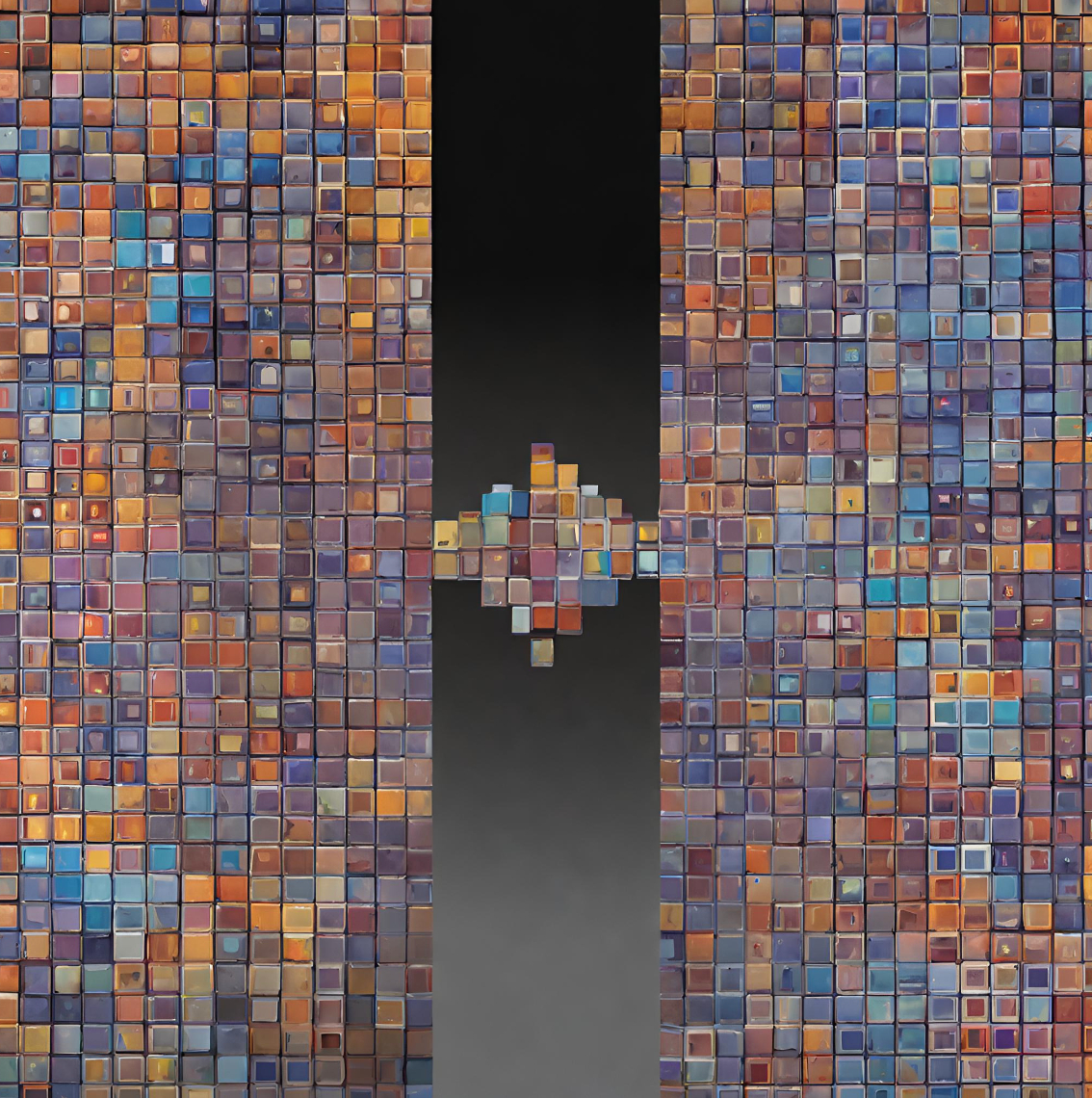274 reads
The Symmetry of Space-Time Quanta
by
July 31st, 2024
Audio Presented by

Phenomenology explores the depths of consciousness, fostering a deeper understanding of the world.
Story's Credibility

About Author
Phenomenology explores the depths of consciousness, fostering a deeper understanding of the world.